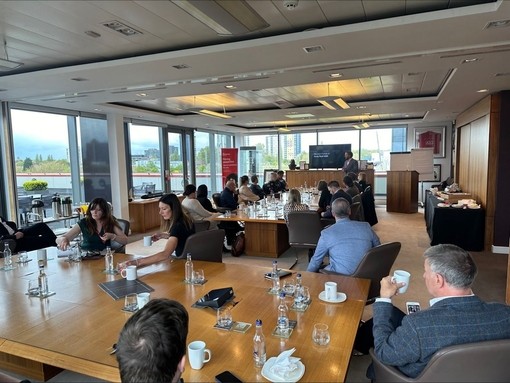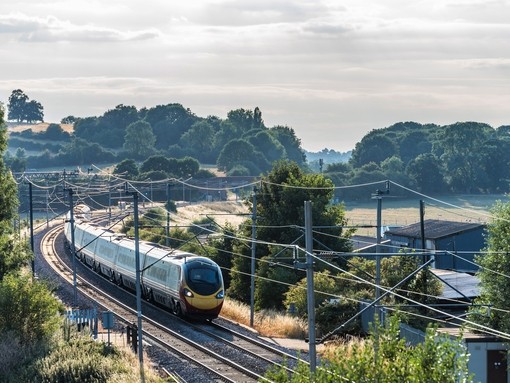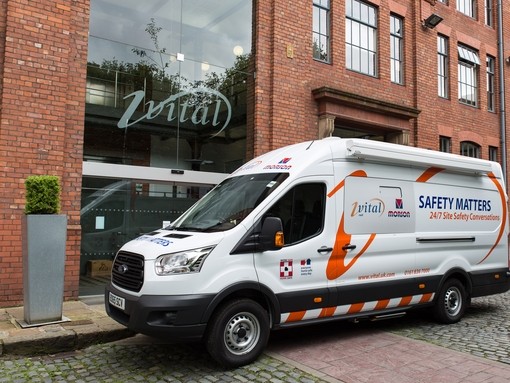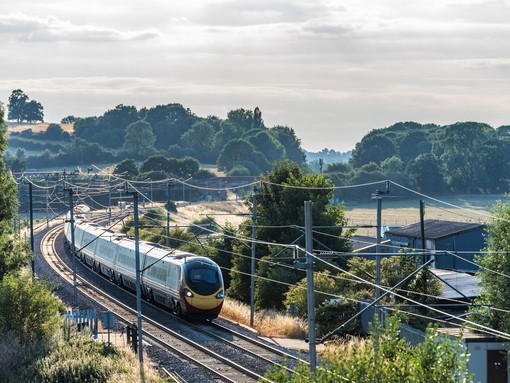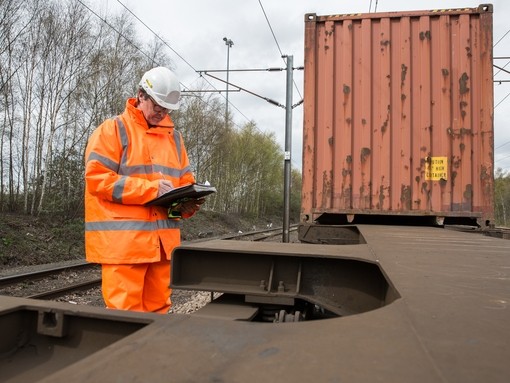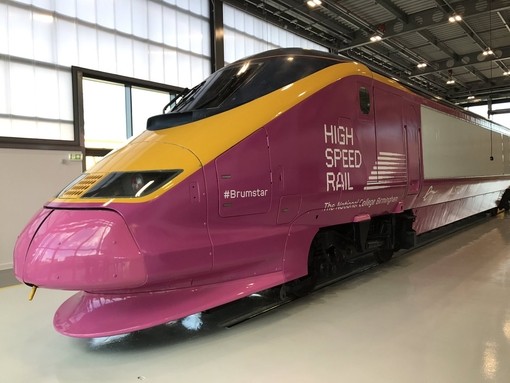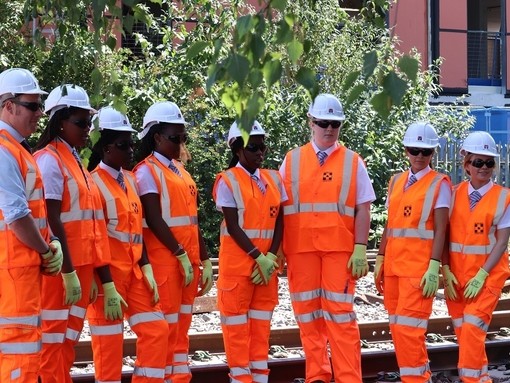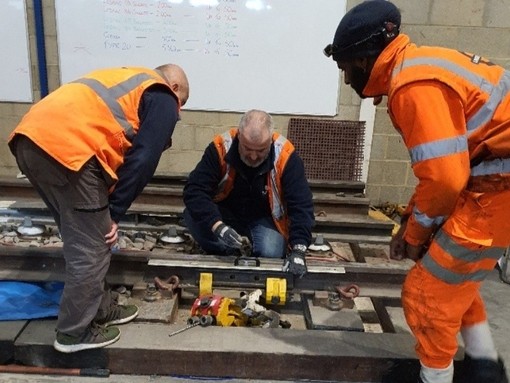
Mind the (skills) gap: Do you have the transferable engineering skills to work in rail?
Due to the delivery timelines of several major infrastructure projects in the UK, including Hinkley, HS2 and highways we face the reality of a severe skills shortage.
There are simply not enough qualified workers readily available to fulfil these projects. Across the rail sector alone there is HS2, Crossrail and Thameslink competing for technical, engineering and manufacturing talent. Whilst it’s an exciting time to be working in rail with confidence in the sector at its highest, filling these jobs is becoming progressively harder – many skilled workers are already employed on these projects with 24,000 people required at HS2’s peak in the mid-2020s. It means that we have to look to alternative ways to deliver the major design and construction task at hand. One solution is to look to candidates with transferable engineering skills who can use their experience and qualifications to move fluidly between sectors and jobs.
Upskilling and Apprenticeships
At our recent HS2 skills roundtable, top businesses in the rail industry stressed the importance of breaking down perceptions that apprenticeships are just for young people straight out of school. In fact, training providers are actively raising awareness of training opportunities available to people who have been in established careers. Career paths are more fluid than ever, as a candidate don’t feel bound by sector, job role or even industry, with abundant training opportunities you have the transferable engineering skills required.
Our training division Morson Vital Training, delivers professional training programmes for people working in the rail industry and is the only rail trainer in the UK to have been awarded platinum in a recent quality assurance visit by the National Skills Academy for Rail (NSAR). MVT are committed to encouraging people looking for a career transition as well as young people into rail careers.
Sectors
Transferable engineering skills can be readily identified across sectors. Aerospace and defence, nuclear and construction talent should consider rail as a relevant next step. Many of the skills these people have are transferable to the rail industry, including communication, planning and decision making.
The ex-forces community holds a huge pool of skilled workers who have the potential to develop within the rail sector with industry specific training. For those with an engineering background, there are roles in maintenance, asset information, track, construction, civil engineering or signalling, power and communication. Alternatively, roles such as finance, legal or HR offer a worthwhile career in the many support functions.
Morson Vital Training (MVT), has also developed an innovative programme to help ex-service personnel into work, while enabling the rail sector to benefit from their transferable skills. By working closely with the Regular Forces Employment Agency (RFEA) and Walking With The Wounded to design the programme and recruit suitable candidates, the new course is fully-accredited and forms an important part of our future skilling and diversity strategies, with the armed services training expected to increase the number of female apprentices they recruit.
The Digital Railway Brings New Opportunities
An engineer’s role is constantly changing. New technology and software has developed niche skill sets that we wouldn’t have needed 10 years ago, like BIM for example. Now a Government requirement for public sector projects, BIM has progressed from a ‘nice to have’ to a delivery priority. If you are BIM qualified, whatever your sector, there are many opportunities available within rail as there is a particular shortage of people with a deep understanding of how to manage data.
The digital railway which is to drive the digitalisation of the rail industry will also bring with it a requirement for people with specialist software skills as engineering and technology converge. Those who work in IT will see opportunities open up across sectors as intelligent infrastructure is implemented and developed.
Where can you use your transferable engineering skills?
HS2
Transferable engineering skills will be essential to deliver HS2. In February last year, the parliamentary bill for the first phase of HS2, received Royal Assent. HS2 is a high-speed railway that will run from London to Leeds and Manchester in a Y-shape from 2033. There are high expectations for this project, with Chris Grayling (Transport Secretary in 2016) saying “HS2 will be the world’s most advanced passenger railway and the backbone of our rail network”.
Crossrail
From improving journey times across London, to easing congestion and offering better connections, the Elizabeth line will provide easier, quicker and more direct travel opportunities across the capital. Currently, the Crossrail programme is 80 per cent complete and is being delivered on time and within budget.
Thameslink
The Thameslink Programme is a major £5.5 billion scheme to extend the service to a further 100 stations and to greatly increase capacity on the central London section to accommodate more frequent and longer trains. The project is scheduled for completion in 2019.
With the rail industry continuing to push the boundaries and innovate, whilst offering an incredibly rewarding career, it makes prospects within the industry more exciting than they’ve been for generations. Search all rail jobs


